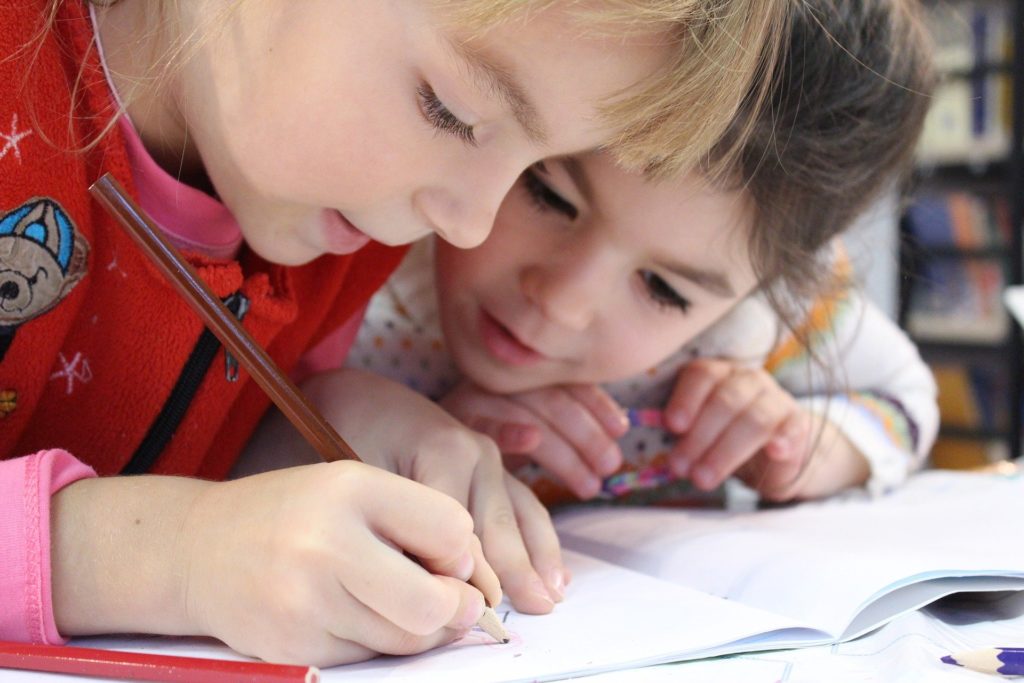This information was compiled by ABL’s very own Corporate Recruiting Specialist, Jane Chessman, who has a Bachelor of Education in primary/junior which is kindergarten through grade 6:
With the schools closed due to the pandemic many parents are worried that their children will fall behind in their curriculum. One good thing to keep in mind is that with all children not attending school that everyone will be in the same boat when they return.
It is not your job as a parent to ensure that your child is up to date with the provincial curriculum while the schools are closed if you don’t feel comfortable doing so.
In the mid-2010’s the Ontario government started rolling out play-based learning/inquiry based learning. The great thing about this style is that there is a large emphasis on the child’s active participation and the child has more responsibility in their own knowledge.
This style of learning translates very easily in the home setting. Here are five best topics that you can work on together with your children at home:
1. Critical thinking
Some children can read and recognise words but end up reciting a book from memory (younger children) or skimming the text (older children) without building connections. When you are reading a story (or watching a TV show) – ask your child some follow-up questions to help them build connections outside of the book/show:
- How would you feel if you were this character? What would you do if you were in their shoes?
- Which character reminds you the most of mom / dad? Why is that?
- What do you think will happen next?
- Does this remind you of another story?
2. Writing skills
As technology becomes more of a presence in our lives, our children are spending less time physically writing and may fall into the habit of using short hand or emojis most of the time. Create some fun projects that they can work on:
- Write a letter to a friend / family member – if you don’t have stamps to mail them right now, keep the letters for the next time the child sees this person which can add a sense of excitement for the child
- Keep a daily journal
- Ask them to make you a scavenger hunt around the house with written clues – a lot of children enjoy this project because they are in control and get to see you learn something
3. Math skills
Math is used in various ways on a daily basis. Here are some examples of ways to use math with your children that involve household activities:
- Budgeting: ask your child to plan your next day out and give them a certain budget. Make sure to tell them to think of food costs, entry costs, extra money for souvenirs, etc. They can do this research online and it gives them something to look forward to.
- Cooking / baking: give your child a recipe for their favourite meal / dessert. Ask them to half or double the recipe to accommodate the number of people in your household. This will help them see how fractions come up in real life.
- Fibonacci Numbers Scavenger Hunt: this number sequence is found in nature in the spirals of pinecones, pineapples, cauliflower, etc. Look into these numbers for an interesting connection between math (patterns) and nature. Here is a resource: https://www.mathsisfun.com/numbers/fibonacci-sequence.html
4. Research Project
Talk with your child about things that they enjoy and then spend time together researching that topic. You can have your child teach you about it and show you where they gathered the information. Many libraries offer e-books and there are a lot of websites with information on a wide range of topics.
- This is a good opportunity to discuss the difference between reliable and unreliable sources
- Find out what they enjoyed most about the experience
- Ask them if they can think of any friends/family members that would like to hear about this topic and arrange a call/video chat with those people so your child can share their new knowledge
- Find out if there is anything that they want to learn more about from within their project. For example, if they found out that their favourite animal lives in the Amazon Rainforest maybe they will want to find out which other animals live there too. Your child can build on their knowledge of their initial topic and learn a lot of different things.
5. Online Safety
With so many children spending more time online than ever before it is very important that they practice caution and keep safety in mind while browsing the internet. Here are some things for parents to keep in mind:
- The Children’s Online Privacy Protection Act (COPPA) is an American law that helps protect children under the age of 13 by preventing the website from getting personal information such as name, address, phone number, etc. Although this does not apply in Canada, many websites and social media have the same guidelines world wide.
- Make sure that you have parental control options enabled to help block inappropriate websites
- Keep the computer / tablet in a common area where you can monitor the child’s use
Here are some topics to review with your children:
- Personal information: Do not provide or trade personal information such as: last name, address, phone number, pictures, or passwords with people online
- Stranger Danger: Remind them that people don’t always tell the truth so keeping the information listed above private is important for their safety
- Bullying: Always tell a parent if they experience uncomfortable communication online. Remind them to be kind to others and not partake in being mean/ rude online.
- Safe Websites: Bookmark their favourite websites so they are easy for the child to find
- Here is a great resource for more online tips for children: https://canadasafetycouncil.org/online-safety-rules-kids/
This break from their usual routine can be alarming for some children. Don’t stress too much about keeping them up to date on the curriculum and try to have some fun with learning at home!










